Curious about insulation for internal walls?
Learn about why it’s important and the different types available in this guide.
Explore where insulation is typically installed and why it’s crucial for energy efficiency.
Discover the benefits of insulating internal walls, when it’s necessary, and how it’s done.
Find out about the best types of insulation and get insights on the cost.
Stay tuned to learn everything you need to know about insulating internal walls!
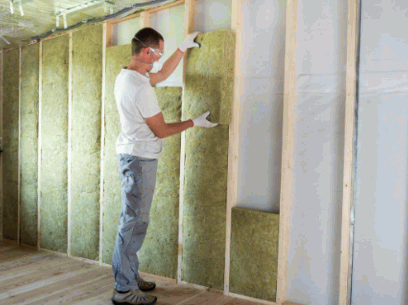
What Is Insulation?
Insulation is a material or a combination of materials used to prevent the transfer of heat, sound, and moisture between the interior and exterior walls of a home, thereby improving thermal insulation and acoustic batts.
By introducing a barrier that inhibits the flow of heat, insulation plays a vital role in regulating indoor temperatures and reducing energy consumption. Thermal insulation materials like fiberglass are commonly used for their excellent heat resistance properties. They work by trapping air pockets within their structure, creating a shield against heat transfer. On the other hand, materials such as mineral wool offer exceptional sound-absorbing qualities, making them ideal for enhancing acoustic batts within walls and ceilings.
Explore: What Does External Wall Insulation Look Like
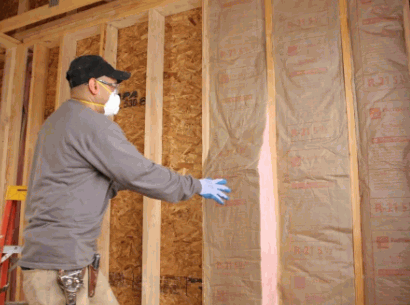
Why Is Insulation Important?
Insulation is crucial for maintaining energy efficiency, reducing noise levels, and providing fire protection in a home.
One key benefit of proper insulation is its ability to reduce energy bills. By preventing heat from escaping in the winter and entering in the summer, insulation helps in maintaining a consistent temperature indoors. This leads to lower energy consumption for heating and cooling, ultimately saving homeowners money on utility bills.
In addition, insulation plays a significant role in enhancing comfort within the home. Creating a barrier against external temperatures helps in maintaining a comfortable environment throughout the year, regardless of the weather conditions outside. This level of comfort can greatly improve the overall quality of living for residents.
Insulation provides an essential element of safety by acting as a barrier in case of a fire. It can slow down the spread of flames and reduce the risk of extensive damage to the property, giving occupants valuable time to evacuate safely. This aspect of fire protection is crucial for the well-being of individuals and the protection of property against potential disasters.
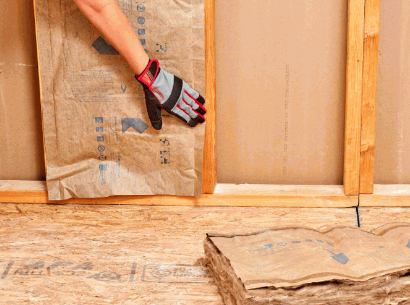
Types Of Insulation
There are various types of insulation materials available, including fiberglass, mineral wool, cellulose, spray foam, and rock wool, each with its own set of benefits and drawbacks.
Blanket Insulation
Blanket insulation, often made from fiberglass batt insulation, is commonly used to insulate walls, attics, and floors.
One of the key advantages of blanket insulation is its flexibility, making it easy to install in various spaces. The fiberglass batts come in rolls or batts, allowing for convenient customization to fit different sizes and shapes.
Due to its effectiveness in reducing heat transfer, blanket insulation is a popular choice for improving energy efficiency in residential and commercial buildings. It helps maintain consistent indoor temperatures, reducing the need for excessive heating or cooling, thus lowering energy costs.
Blanket insulation can also act as a sound barrier, minimizing noise transfer between rooms and from exterior sources, and enhancing overall comfort and privacy within a building.
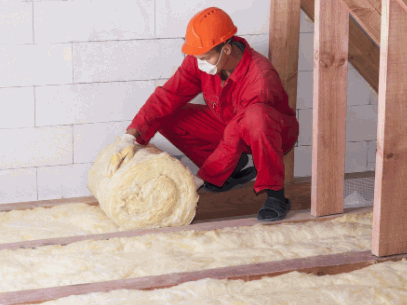
Foam Board Insulation
Foam board insulation, also known as rigid foam board, is used to insulate almost any part of the home, from the roof down to the foundation.
Its lightweight yet durable properties make it an excellent choice for providing thermal insulation, reducing energy costs, and improving comfort within a living space. Rigid foam board insulation is resistant to moisture, mold, and pests, making it ideal for areas that are prone to these issues. Common applications include insulating walls, ceilings, floors, and even basements, providing a barrier against heat transfer and enhancing the overall energy efficiency of a building.
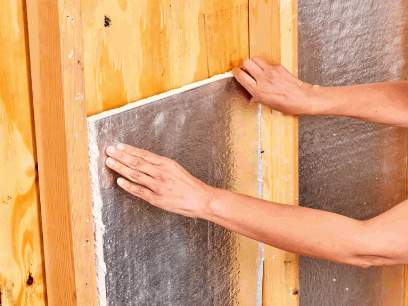
Loose-Fill Insulation
Loose-fill insulation, often made from cellulose, is blown into wall cavities and attics to provide a dense, effective insulating layer.
This type of insulation is popular due to its ability to fill even the smallest gaps and crevices, creating a seamless barrier against heat loss. Cellulose, derived from recycled paper products, is a particularly eco-friendly choice for insulation and offers excellent thermal performance.
The application process involves using a special blowing machine to distribute the insulation evenly, ensuring uniform coverage across the designated areas. Once installed, loose-fill cellulose insulation effectively reduces energy costs by maintaining indoor temperatures and minimizing air leakage.
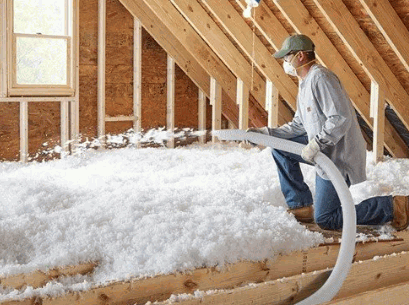
Rigid Fiber Insulation
Rigid fiber insulation, typically made from mineral wool, is used in situations that require insulation material that can withstand high temperatures.
This type of insulation is highly sought after for its excellent thermal performance, fire resistance, and ability to maintain its structural integrity even in extreme heat conditions. Due to its unique composition, mineral wool offers superb insulation properties, making it ideal for applications such as industrial furnaces, boilers, and other high-temperature environments.
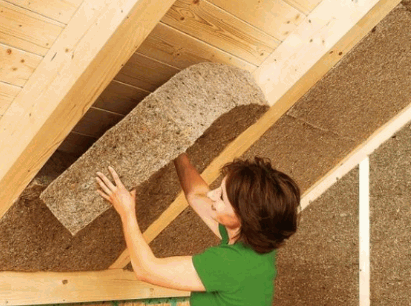
Spray Foam Insulation
Spray foam insulation, including injection spray foam insulation, expands on application to fill gaps and provide a superior barrier against air and moisture.
Application of spray foam insulation involves the use of specialized equipment to evenly spray the expanding foam mixture into the designated areas. The foam quickly expands, sealing off any leaks or voids. Its ability to conform to various shapes and sizes makes it an ideal choice for insulating tricky areas.
One of the key benefits of spray foam insulation is its high R-value, which indicates its effectiveness in resisting heat flow. This helps maintain a consistent indoor temperature, leading to lower energy bills and increased comfort.
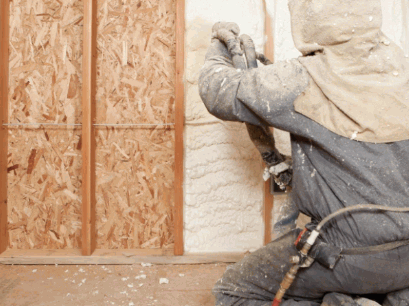
Where Is Insulation Typically Installed?
Insulation installation is typically done in various parts of a home, including internal walls, exterior walls, attics, floors, basements, and crawl spaces, to provide comprehensive thermal and acoustic benefits.
Walls
Walls, including interior walls, are insulated by placing insulation materials between wall studs and behind drywall to improve energy efficiency and noise reduction.
Insulating walls is a crucial step in creating a comfortable and efficient living environment. The insulation material, which can be fiberglass, foam board, or cellulose, is carefully positioned to fill the gaps between the vertical wall studs. The process not only helps regulate the temperature within the room but also acts as a sound barrier, reducing the transmission of noise between rooms. The placement of insulation behind the drywall ensures that the walls are well-protected and thermally efficient, contributing to a more sustainable and cozy interior space.
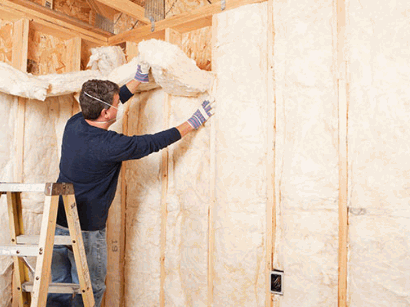
Floors
Floors are insulated with various insulation materials to improve thermal comfort and reduce noise between different levels of a home.
One common type of insulation used for floors is spray foam insulation, which forms a seamless barrier that effectively seals cracks and gaps, providing excellent thermal performance.
Additionally, fiberglass batts are popular for their affordability and ease of installation, offering decent thermal resistance.
Mineral wool insulation, on the other hand, is known for its fire resistance and sound absorption properties, making it a suitable choice for floors where noise reduction is a priority.
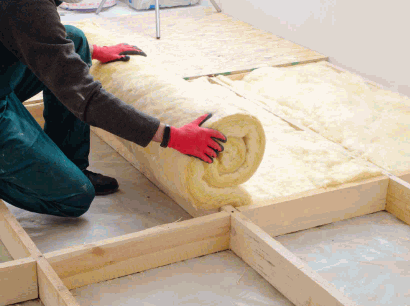
Basements
Basements require proper insulation to manage moisture control and enhance energy efficiency in a home.
Insulating basements not only helps maintain a comfortable temperature throughout the entire house but also plays a crucial role in preventing mold and mildew growth, ultimately protecting the structural integrity of the building. Commonly used materials for basement insulation include fiberglass, foam board, and spray foam.
- Fiberglass insulation is cost-effective and easy to install, making it a popular choice for insulating basements.
- Foam board insulation provides excellent moisture resistance and thermal performance.
- Spray foam insulation offers superior energy efficiency and air-sealing properties.
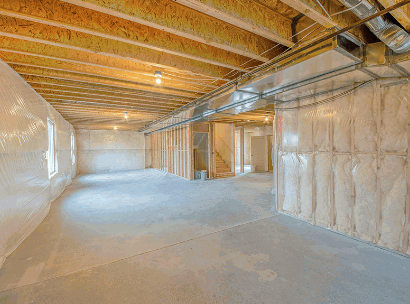
Crawl Spaces
Crawl spaces benefit from insulation that includes a vapor control layer to prevent moisture buildup and improve overall home comfort.
By properly insulating crawl spaces with a vapor control layer, homeowners can effectively reduce the risk of mold and mildew growth, which thrive in damp environments. This not only safeguards the structural integrity of the home but also promotes a healthier indoor environment for inhabitants. The presence of a vapor barrier helps to regulate temperature fluctuations, leading to increased energy efficiency and cost savings on heating and cooling bills. Investing in crawl space insulation with vapor control layers is a proactive measure that pays off in terms of both comfort and long-term maintenance.
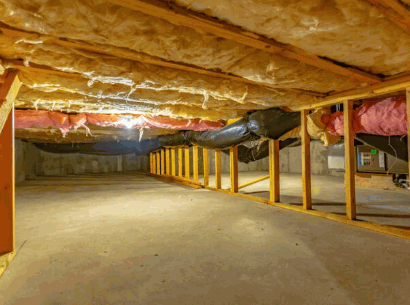
Do You Need Insulation In Internal Walls?
Insulating internal walls can offer numerous benefits for specific areas of your home like a home office, home theater, or bathroom, providing enhanced soundproofing and thermal management.
Benefits Of Insulating Internal Walls
The primary benefits of insulating internal walls include significant noise reduction and improved energy efficiency within the home.
Reducing noise pollution within the home can lead to a more peaceful and relaxing living environment, making it easier to unwind after a long day. Improved energy efficiency results in lower utility bills and a reduced carbon footprint, contributing positively to both your finances and the environment.
By enhancing overall home comfort, internal wall insulation can create a more consistent and enjoyable atmosphere throughout the different seasons. This insulation can help maintain a comfortable temperature inside, making your living spaces cozy in winter and cool in summer without over-reliance on heating or cooling systems.
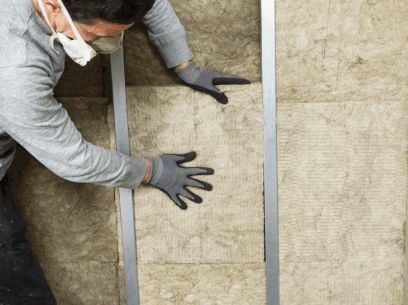
When Is Insulating Internal Walls Necessary?
Insulating internal walls is highly necessary in areas like home theaters and bathrooms where soundproofing and moisture control are of utmost importance.
In a home theater, internal wall insulation helps create a quiet environment by reducing sound transmission between rooms, ensuring that you can enjoy your favorite movies or music without disturbing others in different parts of the house.
In bathrooms, where humidity levels are typically high due to showers and baths, insulating internal walls can prevent moisture buildup, reducing the risk of mold growth and maintaining a comfortable atmosphere.
How Is Insulation Installed In Internal Walls?
Insulating internal walls typically involves placing insulation materials between wall studs and securing them with drywall, often requiring professional labor for optimal results.
First, the existing drywall must be carefully removed to reveal the wall studs. This allows access to the gaps where the insulation will be placed.
Next, cut the insulation material to fit between the studs, ensuring a snug fit to maximize efficiency.
Now, carefully push the insulation into place, taking care not to compress it too much, as this can reduce its effectiveness.
Proper insulation ensures energy efficiency and soundproofing in your home.
What Are The Best Types Of Insulation For Internal Walls?
The best types of insulation for internal walls include fiberglass, cellulose, spray foam, and rock wool, each offering unique benefits in terms of thermal and acoustic performance.
Fiberglass insulation is widely chosen for its affordability and ease of installation. It effectively traps pockets of air to minimize heat transfer and dampen sound. Additionally, cellulose insulation, made from recycled paper, provides excellent thermal insulation properties and is environmentally friendly. On the other hand, spray foam insulation expands to fill gaps and create a seamless barrier against moisture and air infiltration. Lastly, rock wool insulation boasts fire-resistant qualities and high resistance to moisture, making it a durable choice for internal walls.
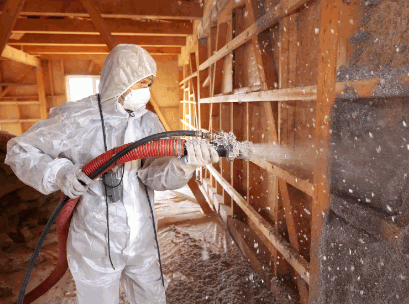
How Much Does Insulation For Internal Walls Cost?
The costs of insulation for internal walls can vary significantly depending on the materials used and the complexity of the insulation project, often requiring the services of professionals.
When considering the cost factors involved in insulating internal walls, it’s essential to take into account the type of insulation material selected. The price can differ based on whether you opt for fiberglass, foam, cellulose, or other options. The size and layout of the area to be insulated play a crucial role in determining the overall cost. Professional services, ensure proper installation and can contribute to the longevity and effectiveness of the insulation.
